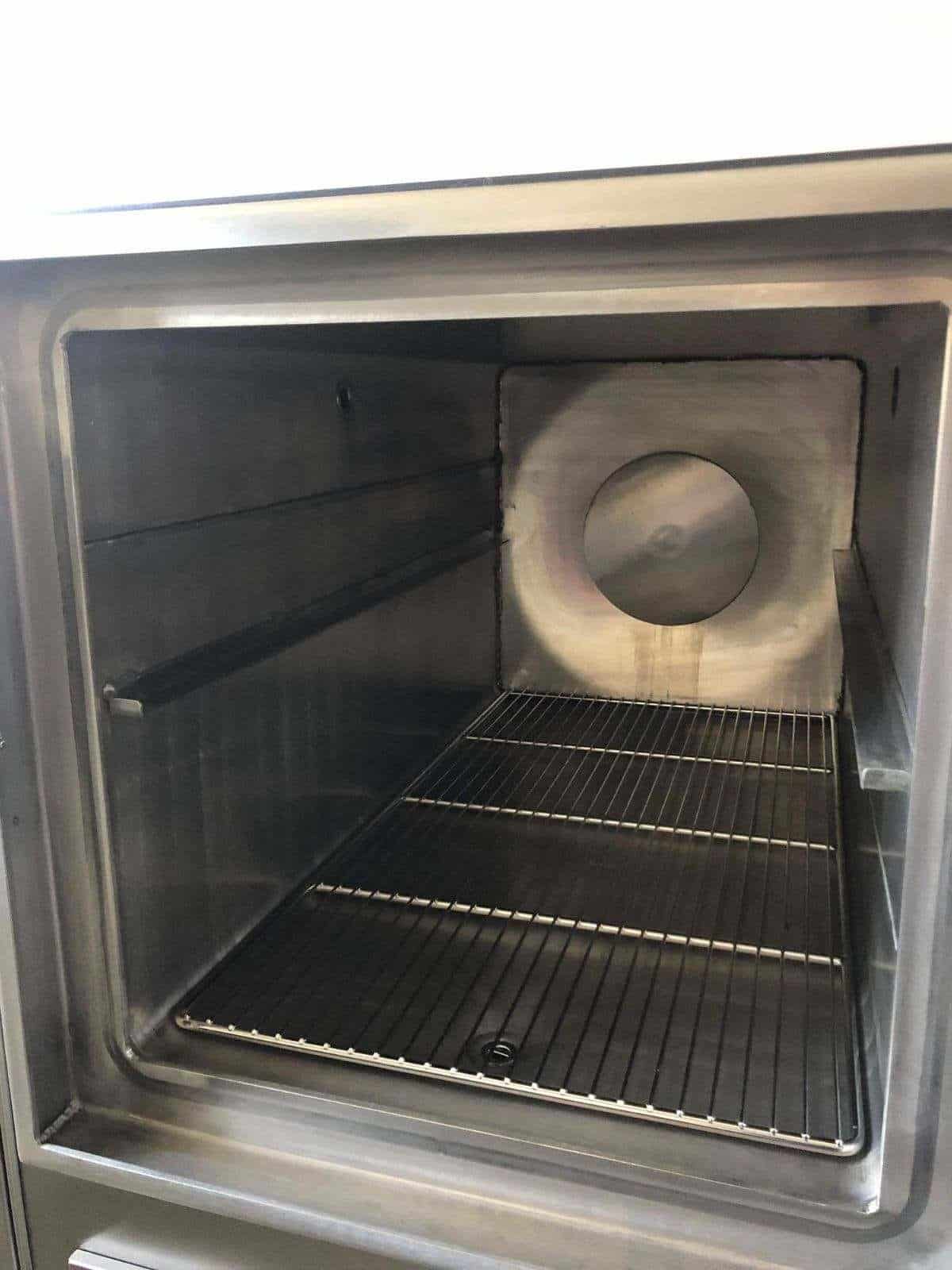Autoclave Chamber Material: Stainless Steel vs Nickel-Clad
Current, state-of-the-art laboratory autoclave chambers are manufactured using stainless steel. In the past, autoclave manufacturers constructed sterilizers using nickel-clad, a highly corrosion-resistant material. The industry has shifted due to the rising cost of “cladding” over the last 10-15 years, heading in the direction of primarily 316L stainless steel.
Why should you care?
Because while stainless steel has many excellent properties, some common misconceptions about its versatility can lead to premature corrosion of this material. In short, there is a time and place where nickel-clad chambers are worth the investment.
Stainless Steel Autoclave Chambers
Stainless steel is a versatile material that is used in many industries from food preparation and medical devices to manufacturing equipment and semiconductors. Within the medical and laboratory equipment fields, the most popular metal of choice is “type 316L” stainless steel. This material has gained so much popularity because of its strength, stability, and ease of cleaning.
But although stainless steel is the preferred method of construction, there are many instances where nickel-clad should be considered. As its name implies, stainless steel is “less” prone to staining (and corrosion) than regular steel but unfortunately, it is not stain “proof”. Let’s explore this topic further.
Causes of Corrosion
Corrosion of stainless steel autoclave chambers can occur from a number of different sources ranging from poor water or steam quality to chemical contamination. Here are some common culprits:
- Chlorides, sulfates, chlorine, hypochlorites, bleach, and acids aggressively attack stainless steel and can cause significant damage to the autoclave chamber and plumbing.
- Hypochlorites, acids and bleaches are so caustic that they should never be sterilized or used to clean an autoclave. Keep in mind that autoclaves require a combination of heat and moisture to perform proper sterilization. So when high-temperature steam is combined with certain chemicals, the corrosion within the autoclave is accelerated.
- High-concentration salt solutions such as seawater have a large amount of chlorides and should not be sterilized in stainless steel autoclaves.
- Tap water with high amounts of chlorine or chlorides should not be used to generate steam for a stainless steel autoclave.
Nickel-Clad Autoclave Chambers
If high-concentration salt solutions (see above) will be sterilized in the autoclave or if the feed-water or tap-water for steam generation has high chloride content, then purchasing a sterilizer with a nickel-clad chamber (versus stainless steel) is recommended. Even though stainless steel has many benefits, nickel-clad is superior to stainless steel in conditions with high chloride concentrations.
The term “nickel-clad” stems from a process called Cladding. In the case of an autoclave chamber, the cladding process involves nickel being bonded to carbon steel to improve its durability and strength. Cladded steel plate is often used in corrosive environments where other materials or coating methods are not suitable.
Best Practices for All Autoclave Chambers
Cleaning
The life of the autoclave will be extended and damage will be greatly minimized if the chamber is cleaned immediately after each use. Look for an autoclave chamber cleaning solution that is specially formulated to remove contaminants on a stainless steel surface – the last thing you want to do is use a cleaning agent that corrodes the autoclave chamber.
Passivation
If solutions with mild chloride content will be sterilized, then “passivation” of the autoclave chamber is recommended. Passivating a stainless steel chamber occurs at the factory and is a process that makes the surface more corrosion resistant by restoring its protective oxide layer. The combination of passivation coupled with diligent cleaning of the chamber will greatly extend the chamber life.
It should be noted that typical LB, agar, and tryptic-soy solutions have a much lower chloride content than high-salt solutions and in turn are safer for stainless steel autoclaves.
Here are a couple of pictures from Indiana University and a recent install of nickel clad units and a picture of the old stainless steel unit.

Previous Stainless Steel Unit

New Nickel Clad Unit




